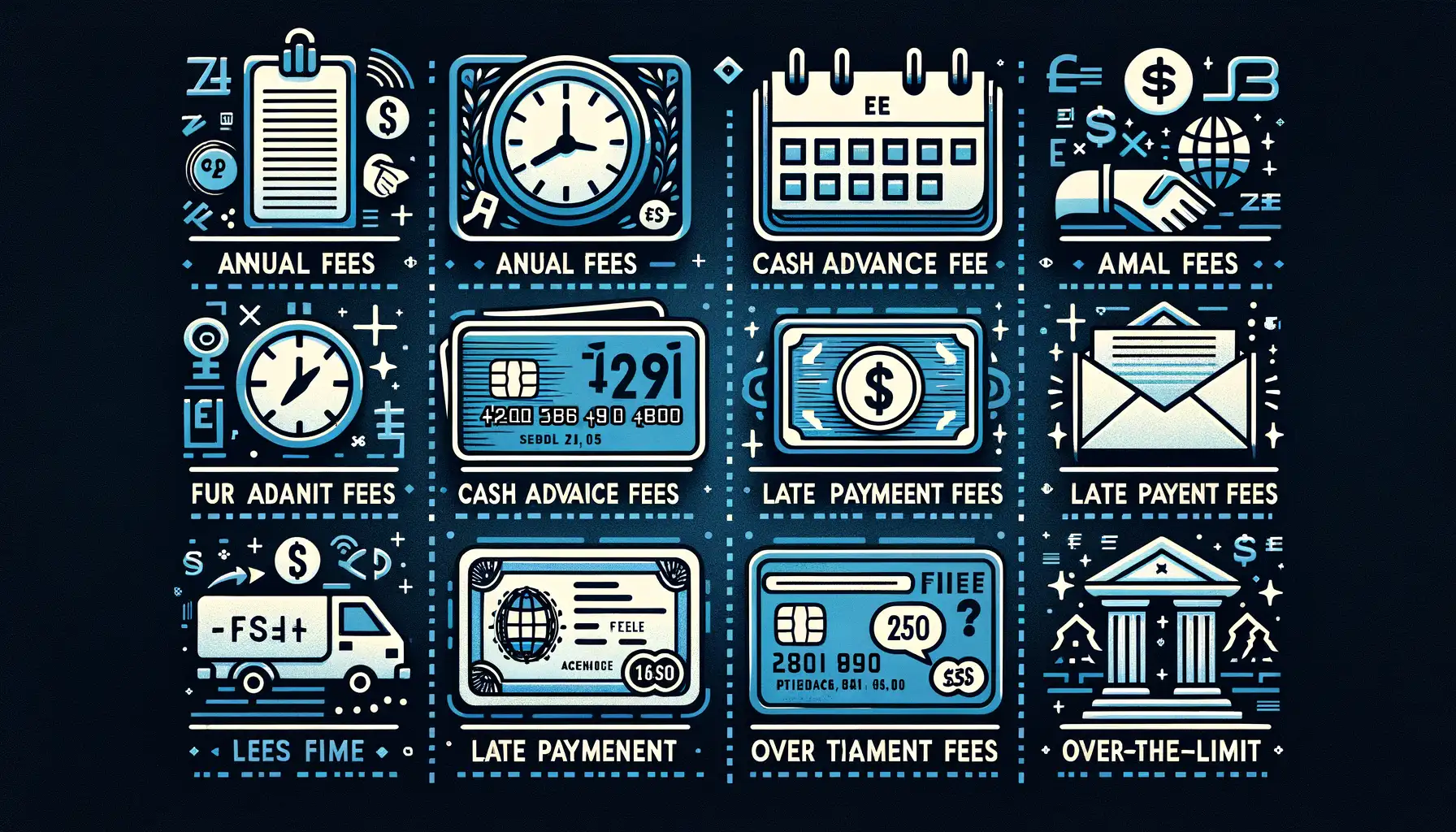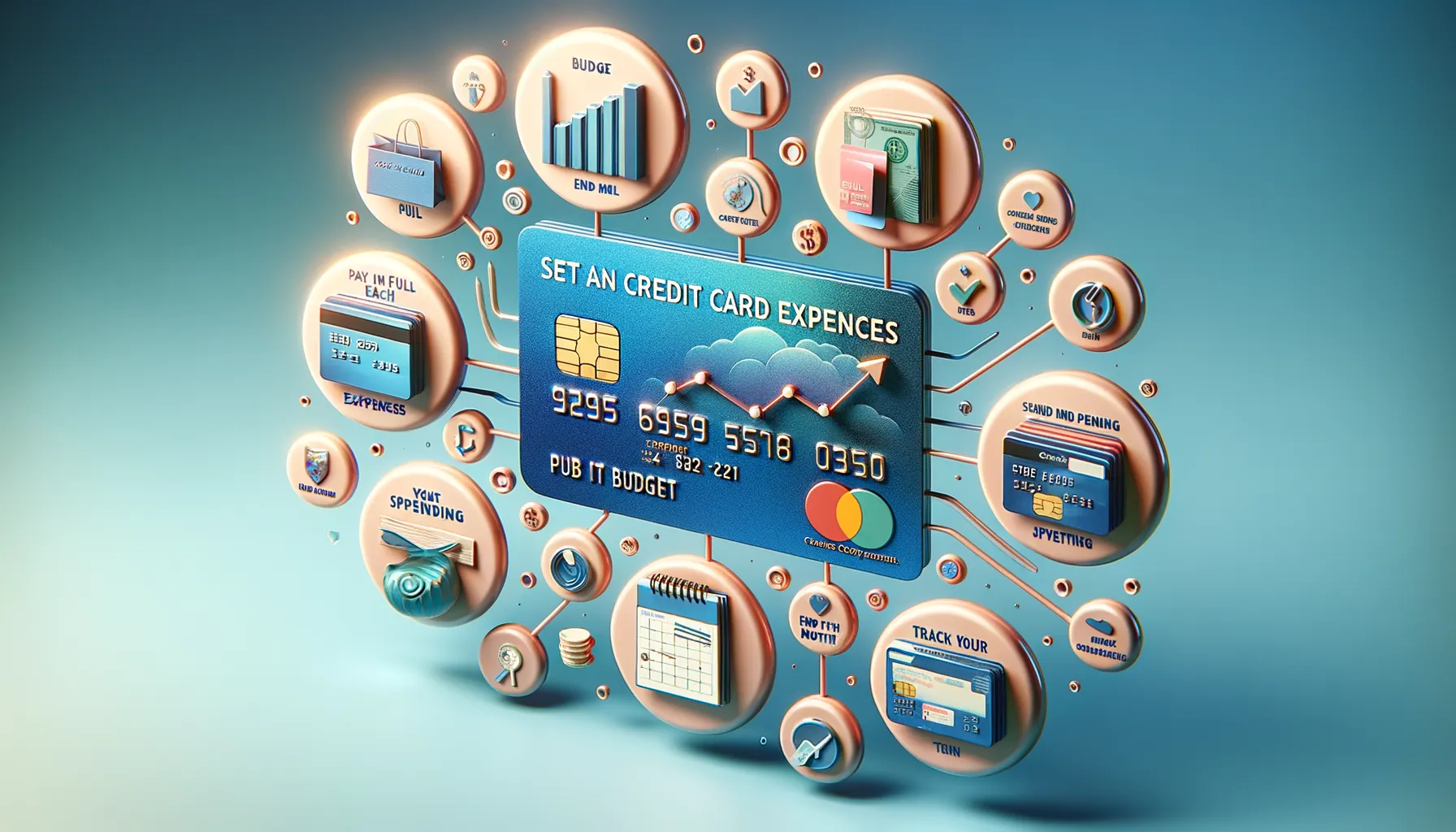Understanding the True Cost of Credit Cards
Guess what? That innocent-looking credit card in your wallet might be more expensive than you think. It’s like a sleek sports car—tempting, powerful, and thrilling to use—but the costs can stack up faster than you’d imagine. Let’s pull back the curtain on what you’re really paying, beyond those flashy reward points and cashback offers.
The Sneaky Costs You Don’t See at First Glance
When you hear “credit card,” you probably think convenience. But every swipe comes with a little whisper of hidden costs, whether you notice it or not. Sure, there’s the easy-to-spot stuff, like late payment fees or annual charges. But did you know about less obvious culprits like foreign transaction fees or balance transfer costs? They quietly chip away at your bank account while you’re busy living life.
Here’s how these pesky charges might sneak up on you:
- Cash advance fees: Feel like grabbing cash from an ATM? Expect sky-high fees on top of exorbitant interest rates. Ouch.
- Foreign transaction fees: That dreamy getaway could cost extra if your purchases come with hidden international charges.
- Annual fees: Some cards demand payment just for the privilege of owning them—like a cover charge you didn’t expect.
Why Convenience Often Comes at a Price
Think about this: credit cards are designed to make spending feel effortless—perhaps too effortless. Imagine ordering dinner delivery every night without ever glancing at the receipt. It’s fun until the bill rolls in! Credit cards can create a similar disconnect between spending and reality, where fees pile up alongside interest charges unnoticed.
In the end, that “free” purchase could cost far more than you bargained for. Eye-opening, isn’t it?
Common Fees Associated with Credit Card Ownership

Uncovering Those Sneaky Credit Card Fees
Owning a credit card can feel like carrying a magic wand—swipe here, tap there, and voilà! Groceries, gadgets, and dinners are yours. But that “magic” comes with a fine-print price tag. Let’s get real about the fees hiding in plain sight.
Annual fees: Think of this as a membership fee for your card. Some premium cards, like ones flaunting travel perks, can charge $95, $250, or even higher each year—just for the privilege of owning them.
Late payment fees: Forget to pay? Brace yourself. A single oversight can cost you up to $41 on top of what you owe. It’s like getting slapped for running late to a party you’re already hosting.
Balance transfer fees: Dreaming of moving debt to a low-interest card? That convenience often costs 3–5% of the amount you transfer.
Cash advance fees: Need urgent cash from your credit card? Not only do you pay a fee (typically around 5%), but interest starts ticking immediately—no grace period.
- Foreign transaction fees: Planning a European vacation? Every cappuccino could cost an added 2–3%. Translation: that latte budget just doubled.
- Over-the-limit fees: Some cards charge if you spend beyond your limit (yes, they let you overspend, then charge you for it!).
These aren’t just extra charges—they’re roadblocks on your financial path. Eyes open, and you’ll stay ahead.
The Impact of Interest Rates on Your Finances

How Interest Rates Shape Your Spending
If you’ve ever wondered why your credit card balance seems to grow faster than gremlins in water, the answer might lie in one tiny, sneaky number: the interest rate. It’s not just a figure—it’s the cost of borrowing money and, frankly, it has a talent for making even small purchases balloon into costly regrets.
Let’s break it down. Say you buy a $500 gadget with your card but only pay the minimum each month. With a 20% annual percentage rate (APR), that shiny device could end up costing you hundreds more over time. It’s like turning a budget-friendly dinner into an extravagant dining experience—with no dessert to show for it.
Your Interest Rate Toolbox: Fixed vs. Variable
Not all interest rates are created equal. Understanding their type can save you money—or at least some sleepless nights:
- Fixed rates: Predictable, steady, and kind of like the tortoise; slow but consistent.
- Variable rates: These play the wild hare, chasing market trends and surprising you with hikes when you least expect them.
Remember, the higher the rate, the more you’re paying for borrowing—not living. Choose wisely!
Hidden Charges and How to Avoid Them

Surprise! What Are You Really Paying For?
Picture this: you’re treating yourself to a well-deserved vacation, swiping your credit card for airfare, only to notice a *mysterious* extra charge on your statement weeks later. Sound familiar? That little “surprise” could be lurking in the fine print—hidden fees that banks hope you overlook.
Foreign transaction fees are a classic culprit. You might not realize that every time you buy that dreamy gelato in Italy or order a quirky gadget from an overseas website, you’re paying an extra percentage—typically 1%–3%. And don’t forget about those sneaky inactivity fees. Yes, believe it or not, some companies penalize you for not using the card enough!
- Late payment fees: Even if you’re a day behind, brace yourself for hefty fines.
- Dynamic currency conversion: Letting a merchant “convert” foreign currency at checkout often adds unnecessary costs.
Smart Moves to Dodge These Traps
Fight back with strategy! Choose cards that offer bonuses like zero foreign transaction fees. Set up alerts to remind you of due dates. And always review statements—spotting a hidden fee is your first step to kicking it to the curb. After all, wouldn’t that extra $50 look much better in your savings account than in a bank’s pocket?
Tips for Managing Credit Card Expenses

Track Your Spending Like a Hawk
Keeping tabs on your credit card expenses isn’t just responsible—it can save you from the dreaded “Where did all my money go?” panic. Start by reviewing your online statements weekly. Look for patterns: Are those daily coffee runs piling up into a mountain? Or maybe that “one-time” streaming subscription quietly renewed three months ago?
A little insider secret: Most credit cards let you set spending alerts. Use them! Get a notification the moment you hit a self-imposed limit. It’s like having a financial coach whispering, “Do you really need that fifth pair of sneakers?”
Smart Habits to Cut Surprises
Managing a credit card is a balancing act. These tips may save you from tripping up:
- Pay more than the minimum due: Even an extra $20 can shave months off your repayment timeline.
- Automate payments: Late fees? Not on your watch. Set up auto-pay and breathe easier.
- Stick to your budget: Sounds old school, but it works. Designate a spending cap and treat it as gospel.
Every swipe of your card is like a promise to your future self. Keep it a happy one by knowing exactly what you’re signing up for!
